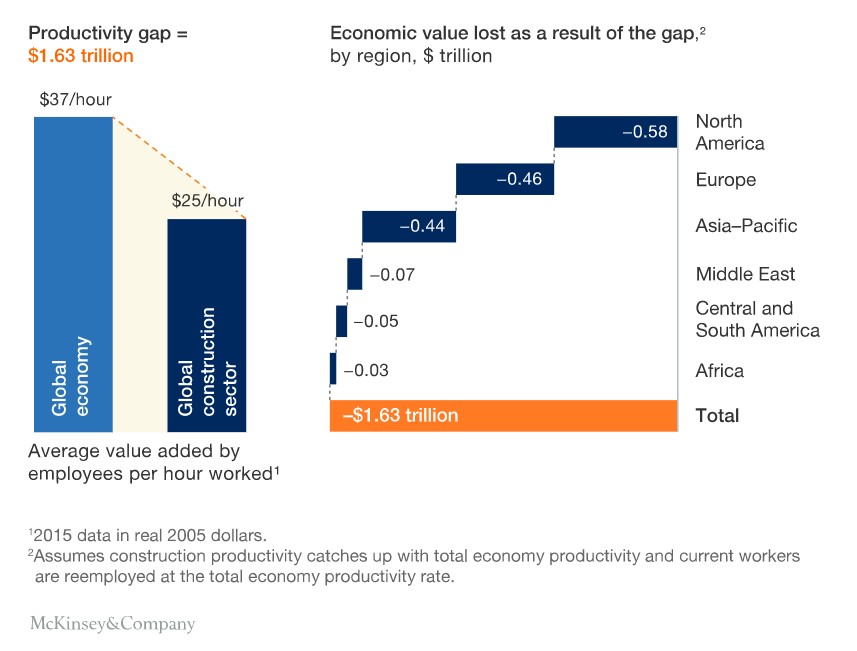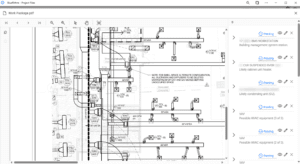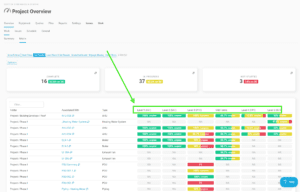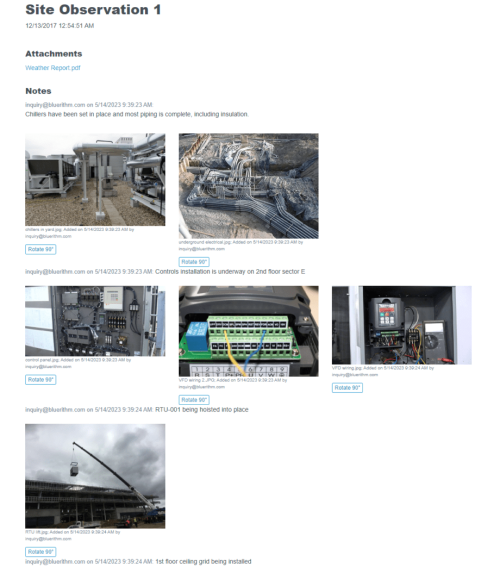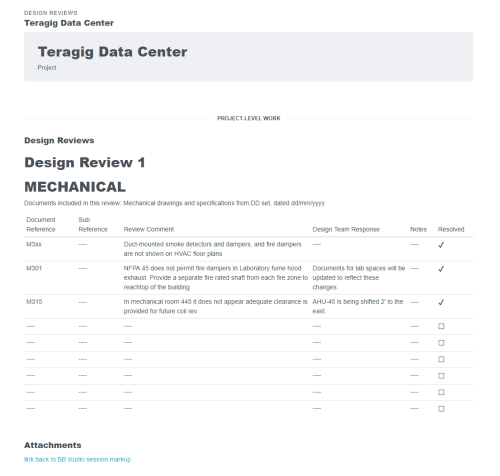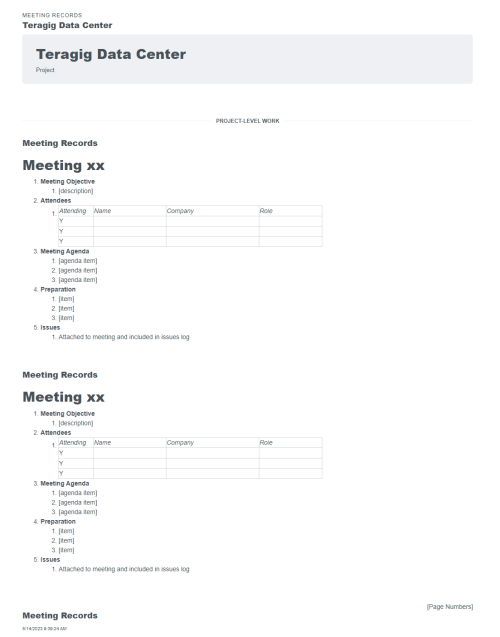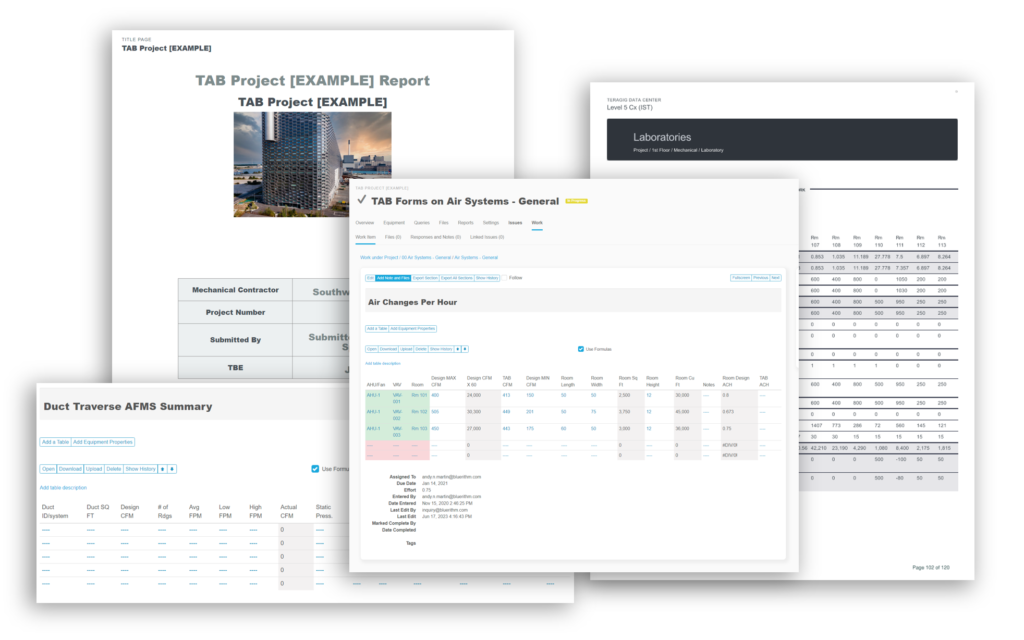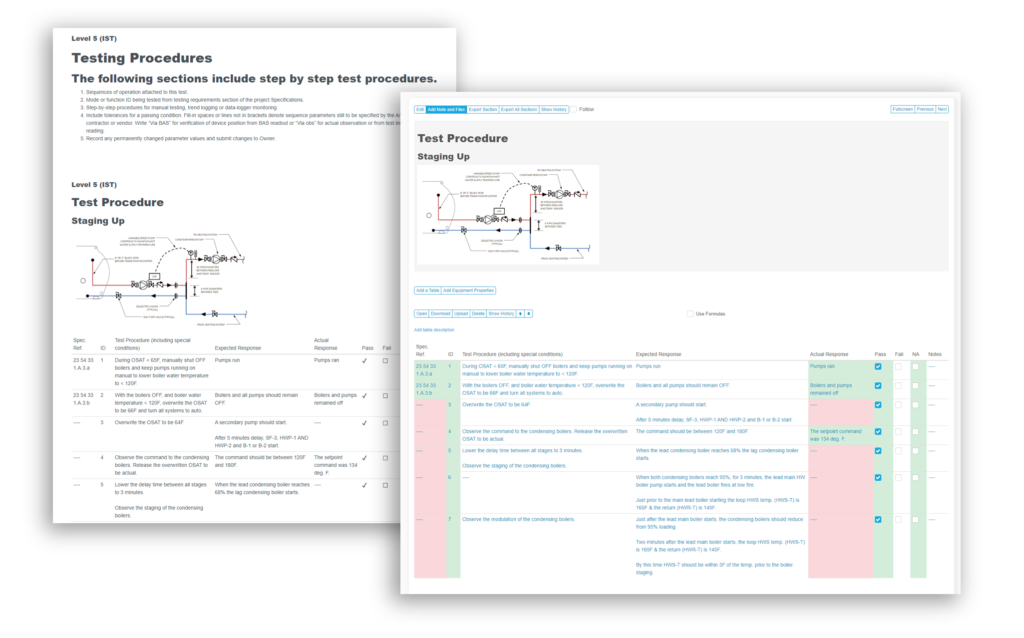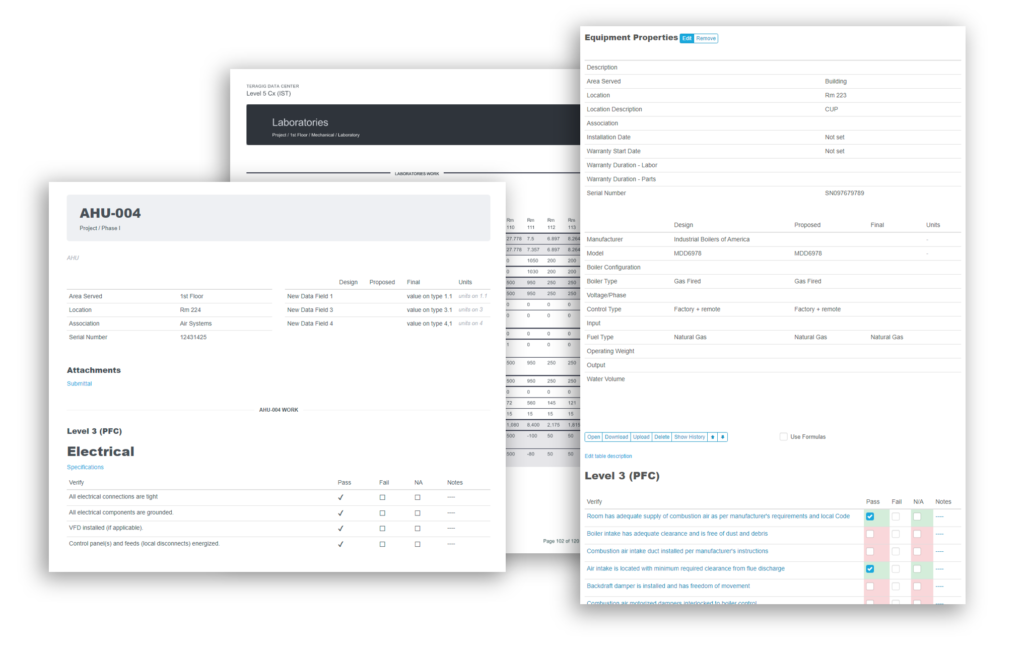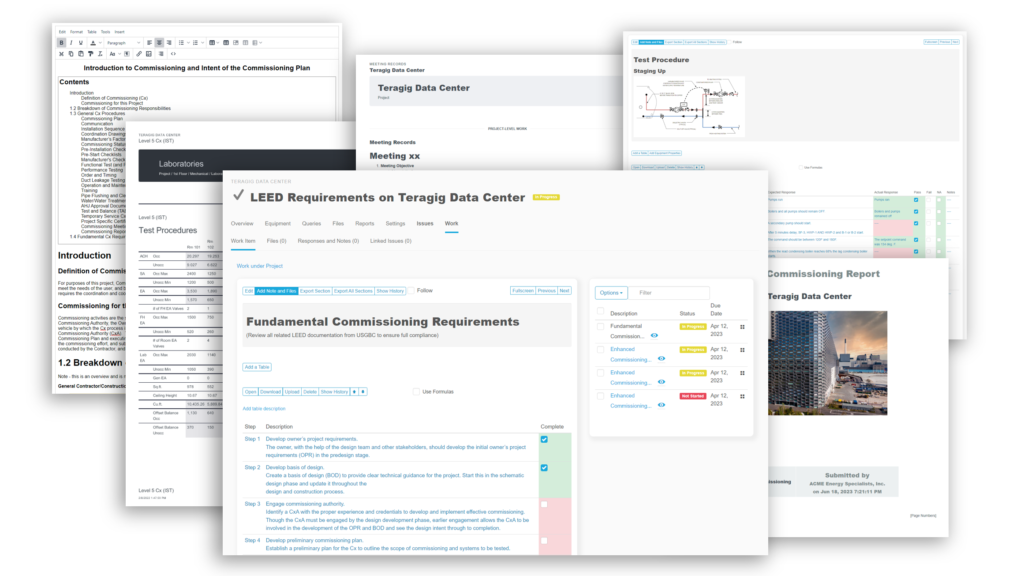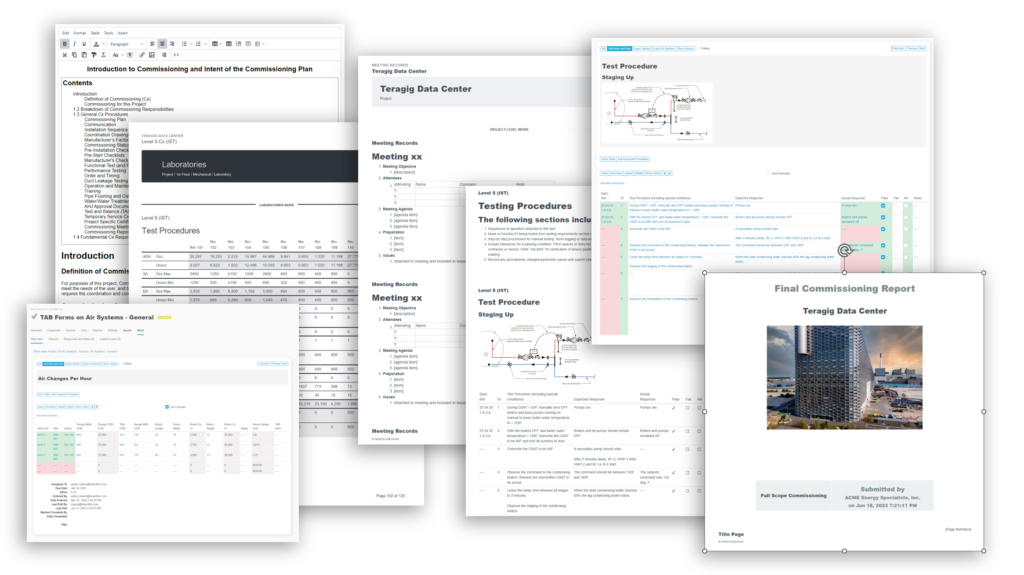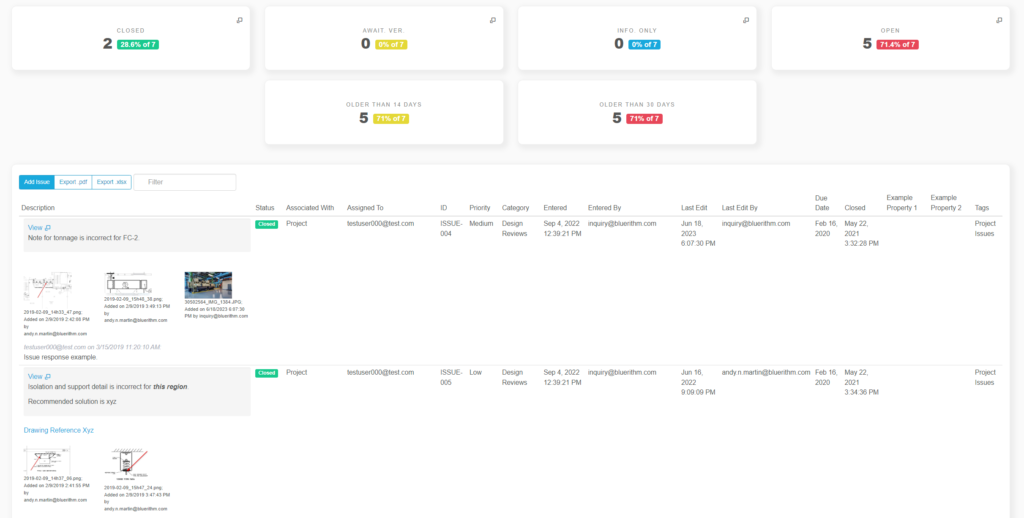Productivity is quickly becoming the central concern in the property design and construction industry as project demands purport to increase while labor capacity decreases. PropTech and ConTech, like Bluerithm, are emerging to address productivity issues as building owners simultaneously increase their demand for fully digital turnovers.
A Perfect Storm in the Construction Industry
Which category does your company belong to?
Over time, storms change the landscape. Lifecycle changes in a region’s weather conditions instigate new growth patterns and behavior within the wildlife and fauna. Everything changes – because there is no other choice. It’s inevitable. What remains during and after the change falls into one of two categories.
Category One: these plants and animals were flexible and able to adapt.
Category Two: these are new plants and animals better suited for the new environment.
The construction industry is changing. Which category do you think you fall into? If it’s neither, you may not be around to see the changes.
Considering the future of the construction industry.
Construction Industry Stats
In a recent white paper, The Return of the Master Architect, ACE strategic advisor Steve Burrows laid out several statistical construction projections the industry is currently facing.
Take a look at these stats from Burrows’ paper:
- A nearly 30% per-year increase in revenue is expected in the industry.
- Labor pools are shrinking as the demand for labor increases.
- Labor accounts for 30-50% of total construction costs.
- Yet, productivity on construction sites averages around 50%.
- Construction has the lowest digitization of any industry on Earth.
What do these mean?
Burrows’ point in the paper is that the role of the building architect has changed because the supply chains and building owner requirements continue changing. The evolutions in construction and the changing role of the architect are pointing toward additional disruption – in the form of property and construction technology.
In every industry, statistics, like we currently see in construction, are the forebearers of significant, long-term change. There is an increasing gap in supply and demand with a corresponding problem in productivity. This very situation drives the creation and adoption of new technologies and changes markets.
Here’s what the statistical projections in the construction industry reveal:
- There aren’t enough workers to meet the demands of the construction industry.
- Demonstrated, significant labor inefficiencies already exist in the industry. These are assumed to be the cost of doing business in many cases.
- Solutions are needed to increase the productivity in construction beyond the current productivity losses to cover labor gaps.
- With property design and construction being the least digitized industry on the planet, many solutions must emerge in the form of tech that transforms how the industry gets work done.
What can be done?
New PropTech and ConTech have launched to enable and empower the digital transformation of building construction over the past decade. However, we’re still at the early adoption stage with much work ahead.
You may remember the demise of the construction firm, Katerra. As Katerra shut down, we realized that the culprit wasn’t new ConTech. Instead, Katerra’s failure showed us that vertically integrated supply chains were the problem. Tech was not the issue – and its relevancy remains higher than ever.
We now understand that our new solutions need to provide hub-style aggregations and accessibility horizontally across platforms and stakeholders.
Take a look at the funding leaps in construction technology over the last decade.

You can see that late-stage and early-stage funding have dramatically increased since 2017, with a dive at the onset of the pandemic, followed by a renewed, sharp increase. This is a strong indicator that investors see the apparent perfect storm of opportunities presented by the lack of digitization in the construction industry and its current labor productivity challenges.
For investors, property design and construction digitization is as unavoidable as it is inevitable. Failures like Katerra are unfortunate but expected. Those who helped the movement forward but didn’t get it right have helmed every new transformation. And the changes continue even on the shoulders of failure.
Eliminating Inefficiency and Minimizing the Impact of Shortages
The emergence of various property, construction, and commissioning technologies has corresponded to complex changes in building systems. At first, the emergence of HVAC drove the changes. Then, we saw TAB and Cx rise to address building system performance.
Now, hub-style technologies like Bluerithm have shown up on the scene to enable one-place data management, tool integrations, and the real-time communications needed to oversee current construction projects.
Many of the inefficiencies and labor needs in construction have resulted from outdated work processes that are no longer needed in a fully digital turnover. Some examples are:
- Massive paper reports.
- Long-touch chains and paper hand-offs needed to initiate on-the-ground work, tests, reporting, and close-outs.
- In-person equipment monitoring and testing.
- Searching through disconnected and isolated documentation systems.
- Non-automated manual procedures and workflows.
Automate. Streamline. Aggregate.
And here is where asset management, system readiness, and commissioning technologies like Bluerithm fit in. Bluerithm gives you the power to aggregate multiple data sources from the project to instantly show in its dashboard. It allows you to automate and streamline workflows and manage equipment and data with less reliance on manual touches.
With Bluerithm, all stakeholders have real-time, cloud-based access, as well as offline access for field use when there is no internet. This means that Bluerithm helps meet the demands of smart technologies and labor pool changes. For example, equipment data can be managed in the cloud and accessed remotely by workers – answering the call of the remote worker economy. Functionally, this type of access streamlines the collaboration efforts from the design stage through final testing and turnover.
Synchronize.
Bluerithm is a hub-style platform that bridges and fills in the holes in the process from design tools like Revit, field activities, and transferring data to the owner’s operations management systems.
First, as the design team begins, content and export tools from the BIM can be ingested by Bluerithm. Then, Bluerithm can add to that data and bring in data from other technicians, mechanics, and field engineers. Finally, everything can be synchronized with the original model or collected and passed off to other systems.
Are you ready to increase productivity and bring full digital turnovers to your building construction projects? Then, get in touch with us. We can walk you through every step of the transition process.

